Kaldewei and e15 come together with a collection of statement bathroom pieces
Kaldewei and e15 unite with a collection designed by Stefan Diez, featuring furniture and accessories
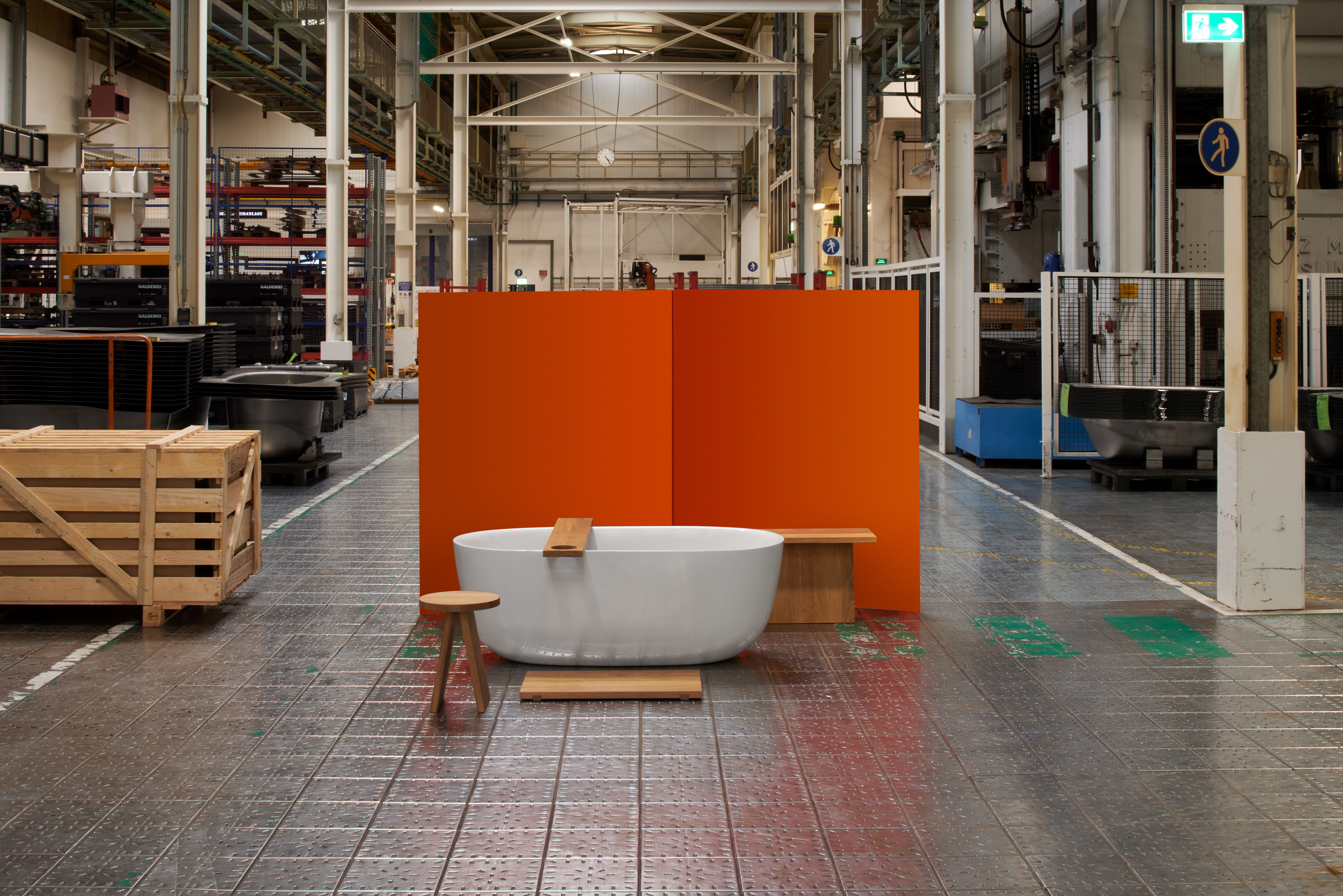
‘It was a journey that lasted over a year and half. We knew that we didn't want that boxy furniture that is always attached to the wall or washbasin, but something that would work for both e15 and Kaldewei,’ reflects the industrial designer Stefan Diez/ The occasion if the preview of a new collection of bathroom furniture and accessories developed and manufactured by the Frankfurt-based furnishings brand e15 for Kaldewei presented during Fuorisalone 2024.
e15 and Kaldewei's new collection
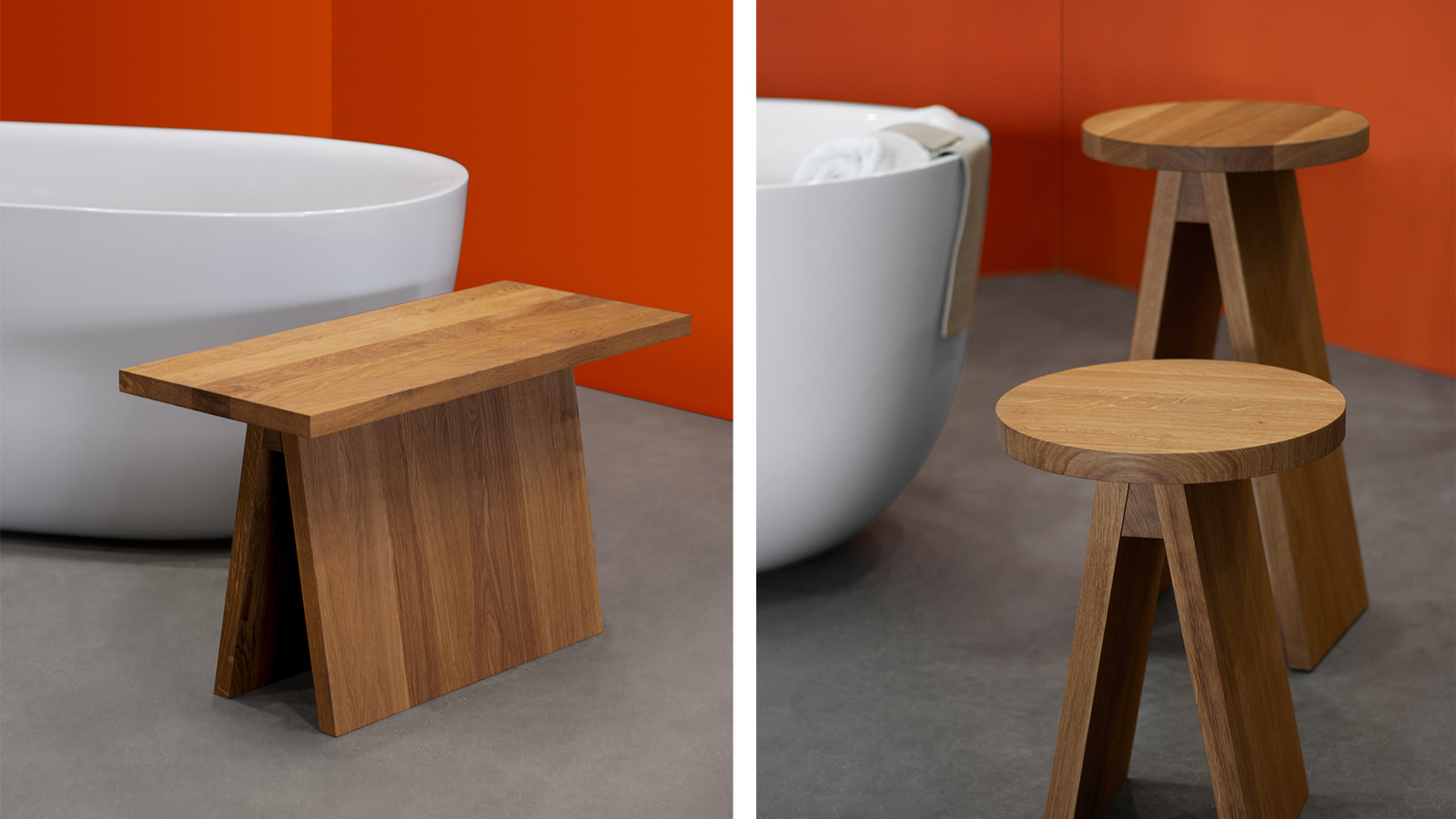
The e15-Kaldewei collection consists of a stool and bench, a footboard, a towel rail, and a bathtub bridge in European oak, but also a bag and a towel loop in water-repellent leather. ‘[They are] statement pieces that do not dominate the style of your bathroom, allowing your own personal touch,’ says Christian Büttner, Division Manager Innovation and Portfolio of Kaldewei.
The collaboration, according to Diez, Büttner, and Philipp Mainzer (founder and managing director of e15), is based on shared values and expertise: to illustrate this, Kaldewei decided to provide an exclusive close-up look at its manufacturing process - including the creation of the steel-enamel products. In a hot facility near the offices a furnace reaches sky-rocketing temperatures appropriate for melting raw materials such as oxide, borax, feldspar, and quartz, which have been used to make enamel for millennia. The brand developed its secret formula 100 years ago in Ahlen, Germany, where its headquarters remain to this day: Kaldewei is the only bathroom manufacturer worldwide that produces enamel in its own melting furnaces.
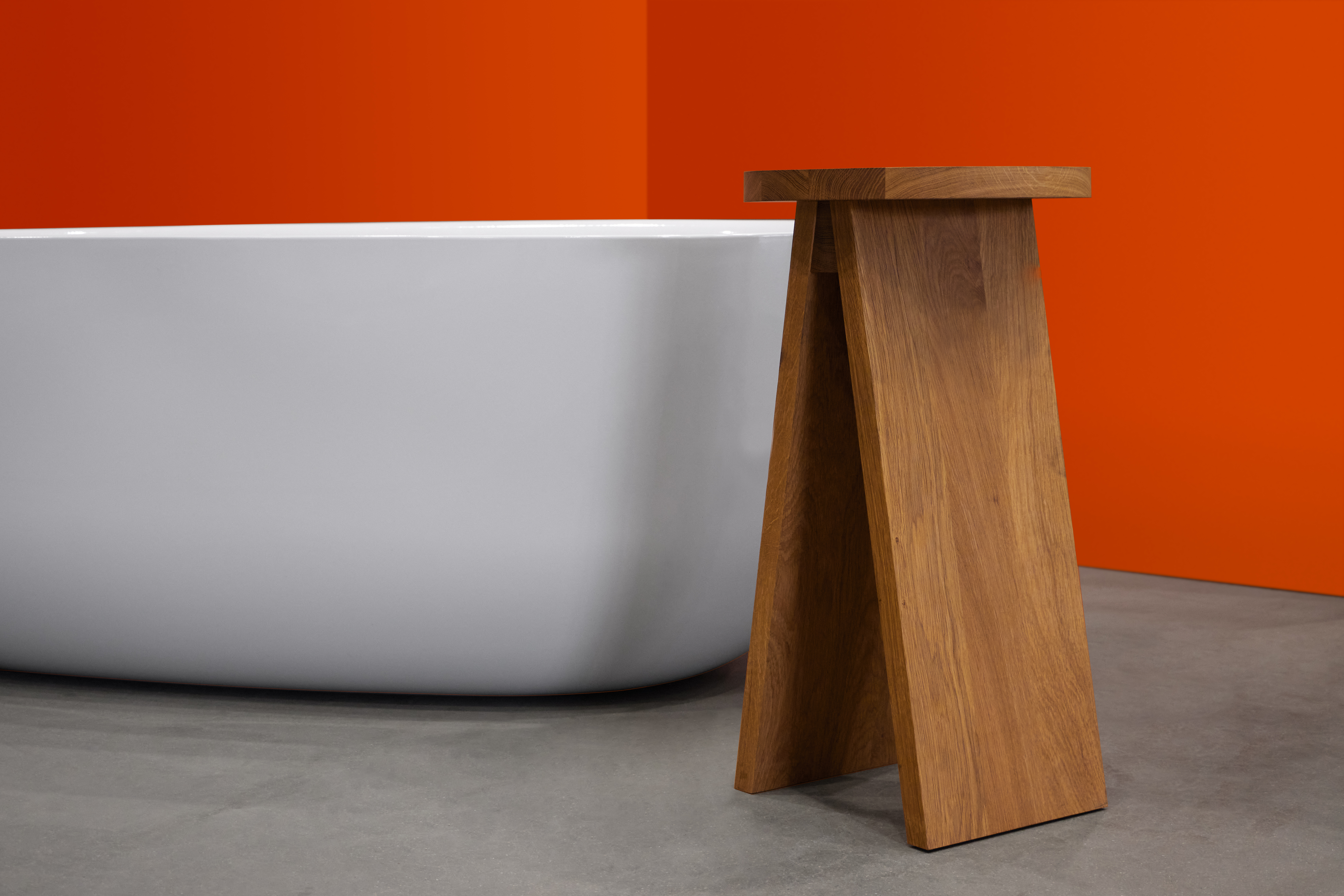
During the first part of the process, the red-hot enamel is cooled in water, to solidify before being broken into tiny granules called frits, and then processed into a sprayable slurry. In a second building, the scream of the steel bending takes precedence over the classic clang of a factory - it's the sound of a steel blank deep-drawn into a bathtub shape.
Cutting holes, laser drilling, enamelling in two coatings, the furnace (at 850° C), and, of course, a final and accurate inspection are among the many steps that follow. It's mostly a highly automated process, a ballet of articulated robotic arms that can grab, overturn, rotate, and envelop a tub with charming synchronicity. Only the inspection is carried out by specialised personnel, working in 20-minute shifts, as it requires not only a trained eye, but also one that is well rested, they explain.
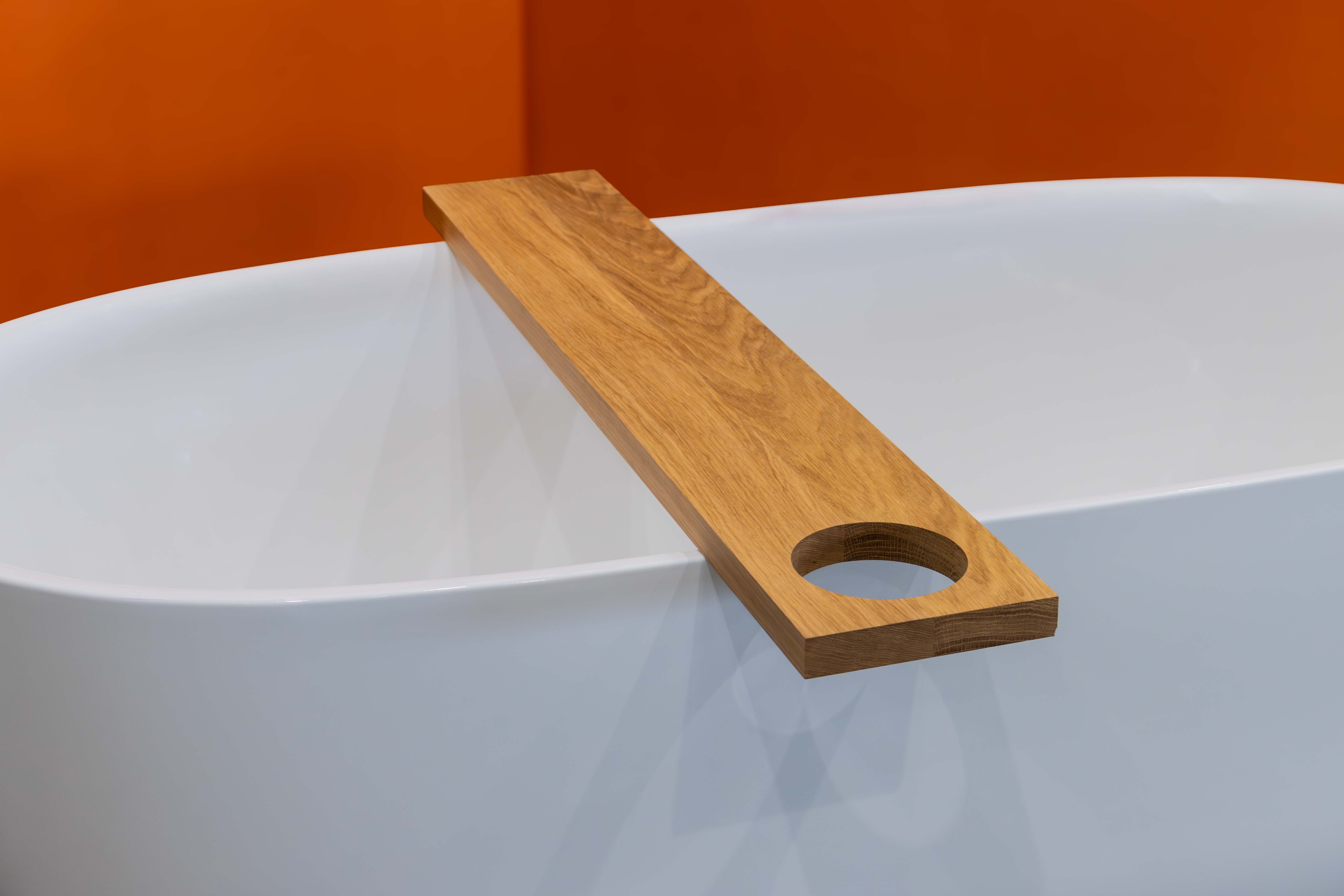
The apparent simplicity appears to be the common thread linking this production and the new collection. ‘To make a product really simple is the most difficult thing in the world,’ considers Diez, while showing the stools, in two heights, that rely on bold geometry, with angled legs meeting at the top.
A bathtub bridge features a circular hole for a towel (‘It's for when you're reading or listening to music and need to dry your hands,’ says Diez). In consideration of Kaldewei's enamelled steel pieces, it includes a hidden magnet to prevent it from slipping into the water: it has also been added to the pouch and the soft leather strap (which can be used to hold the towel as well as a cushion).
Receive our daily digest of inspiration, escapism and design stories from around the world direct to your inbox.
The towel rail and foot board complete the collection: the latter presents a substantial material thickness, underlines Mainzer. ‘Because the pieces are so simple, they must be perfect in terms of proportion in order to truly define their functionalities,’ he adds. ‘The wooden board has the potential to transform the entire space. Its construction allows it to remain elevated above the floor, so that the water can flow.’
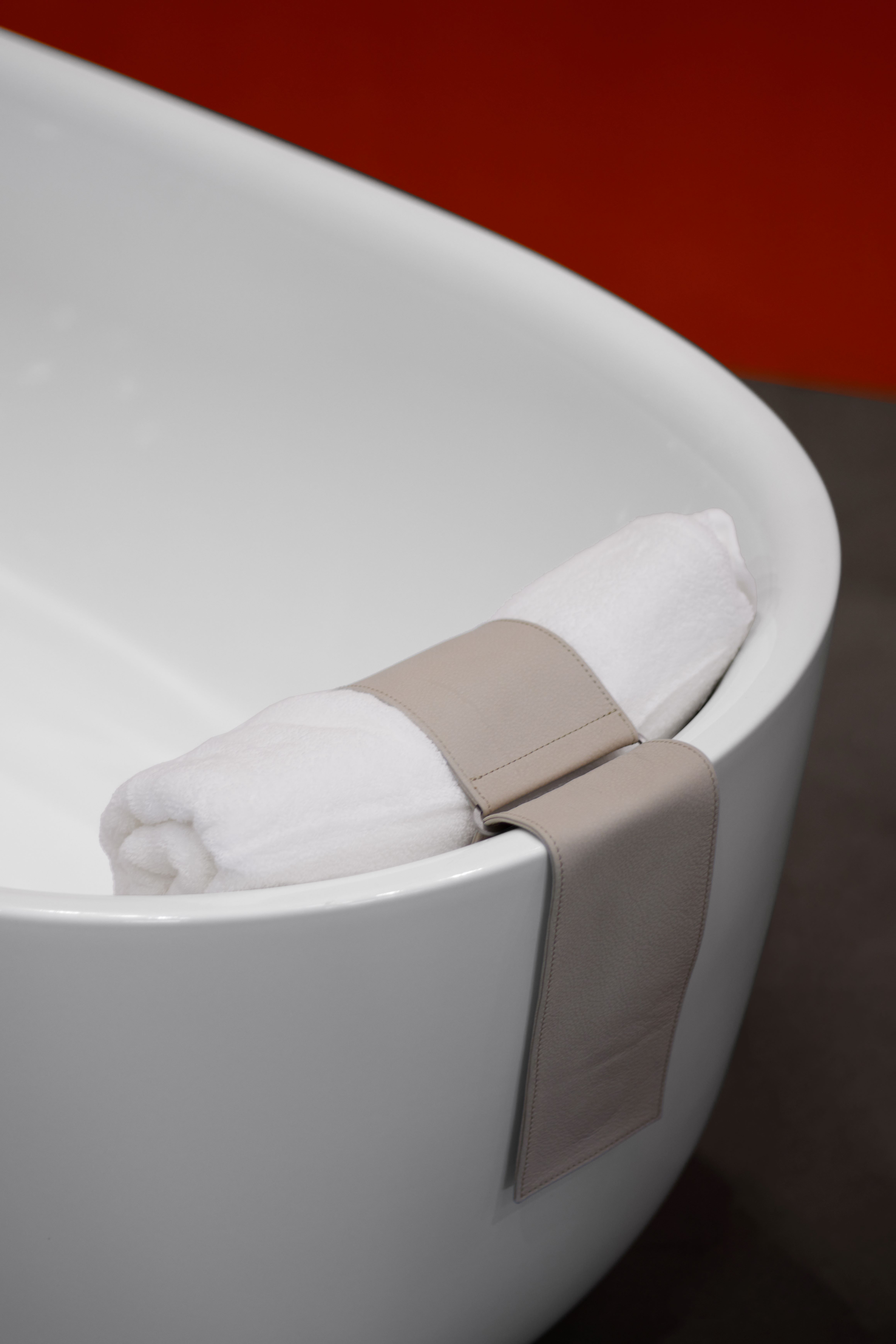
The pieces also perform well in terms of multifunctionality (‘The stools can go into either the kitchen or the bedroom,’ highlights Mainzer) and are designed to not only last, but also age well. ‘For me, the goal is now to develop more universal tools,’ says Diez. ‘Instead of selling a specific solution for every minor detail of our home, we should focus on carefully crafted products.’
The collection will be presented at Casa Flash, Via Durini 24, during Milan Design Week 2024, from 15 to 21 April
Cristina Kiran Piotti is an Italian-Indian freelance journalist. After completing her studies in journalism in Milan, she pursued a master's degree in the economic relations between Italy and India at the Ca' Foscari Challenge School in Venice. She splits her time between Milan and Mumbai and, since 2008, she has concentrated her work mostly on design, current affairs, and culture stories, often drawing on her enduring passion for geopolitics. She writes for several publications in both English and Italian, and she is a consultant for communication firms and publishing houses.
-
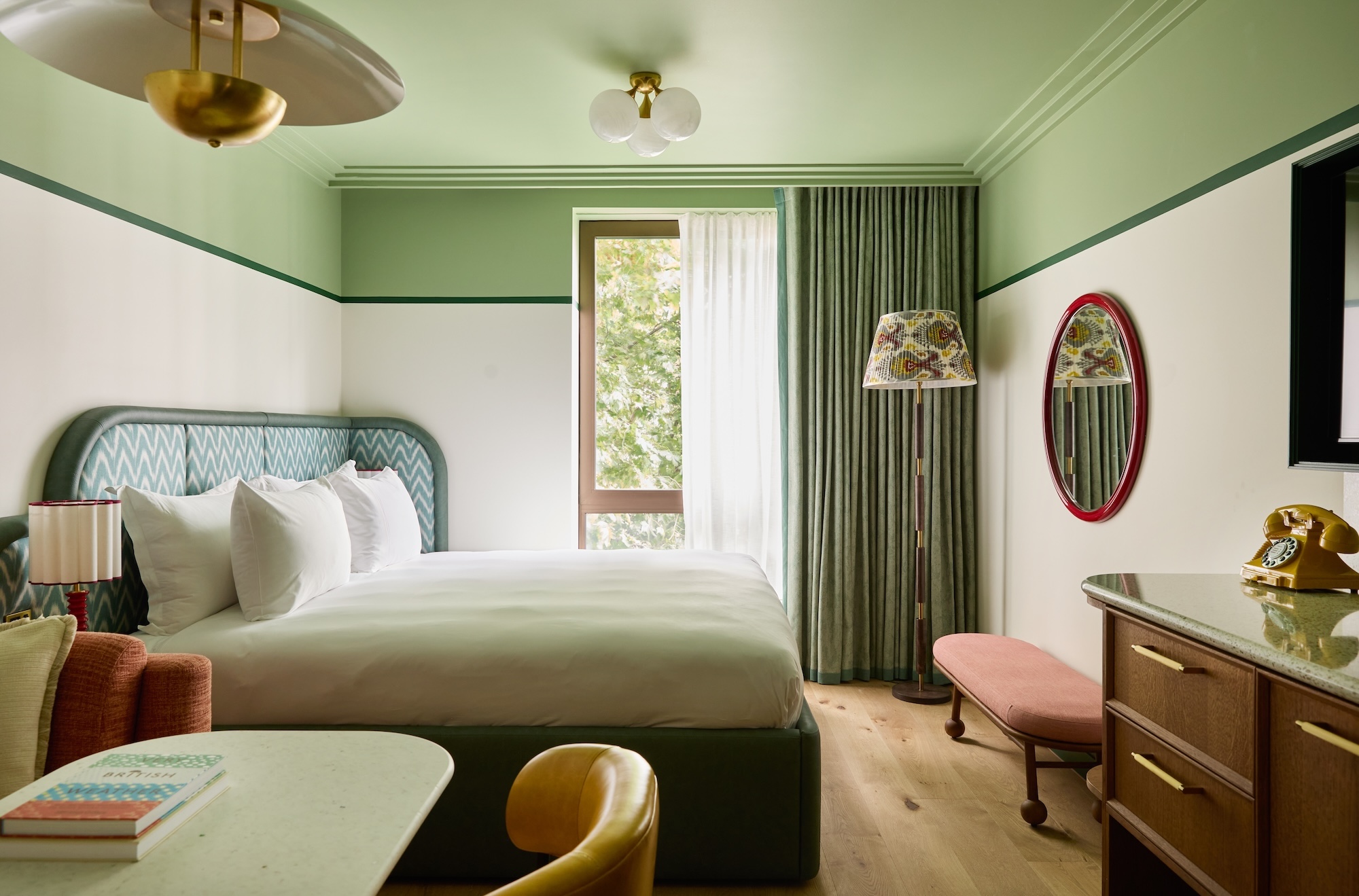 At last: a London hotel that’s great for groups and extended stays
At last: a London hotel that’s great for groups and extended staysThe July London Victoria, a new aparthotel concept just steps away from one of the city's busiest rail stations, is perfect for weekends and long-term visits alike
-
 Three new smartwatches showcase new frontiers in affordable timepiece design
Three new smartwatches showcase new frontiers in affordable timepiece designLong may you run: smartwatches from Withit, Kospet and OnePlus favour function and value above all else, demonstrating just how much the smartwatch has evolved in recent years
-
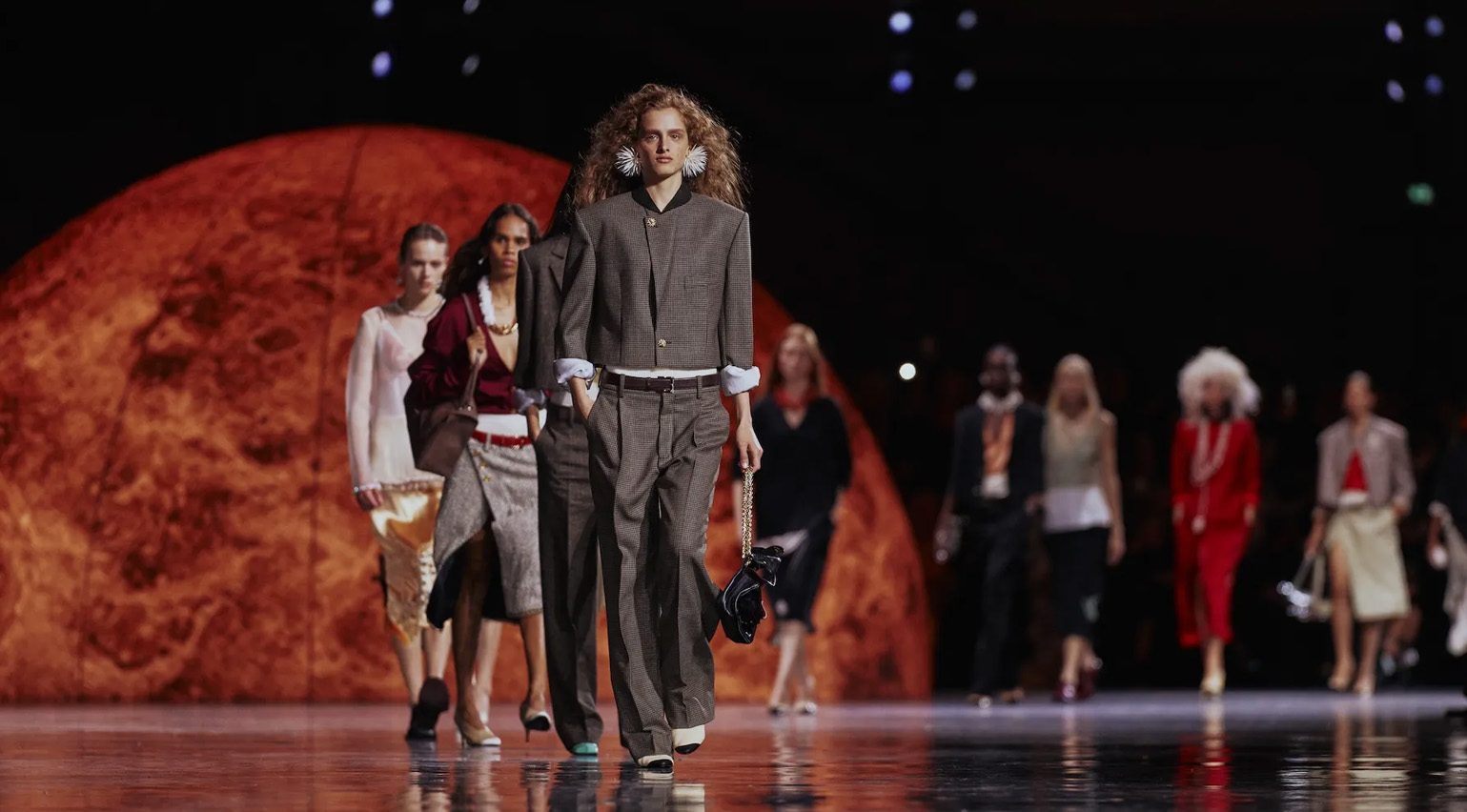 Debuts, dandies, Demi Moore: 25 fashion moments that defined 2025 in style
Debuts, dandies, Demi Moore: 25 fashion moments that defined 2025 in style2025 was a watershed year in fashion. As selected by the Wallpaper* style team, here are the 25 moments that defined the zeitgeist
-
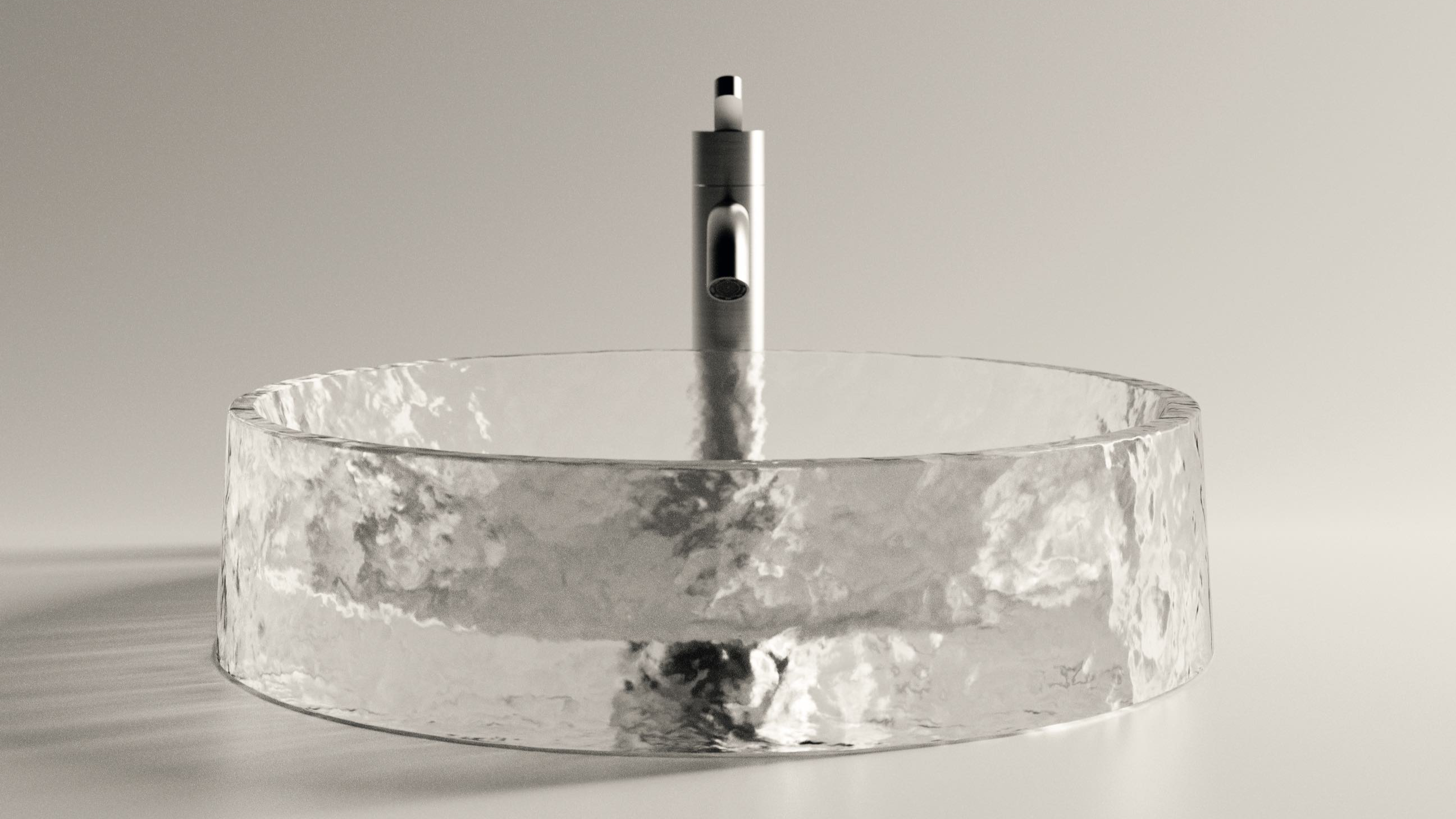 Eight statement bathroom sink designs that transform routine into ritual
Eight statement bathroom sink designs that transform routine into ritualBathroom design ideas: we round up the best new bathroom sinks, from colourful additions to sculptural masterpieces
-
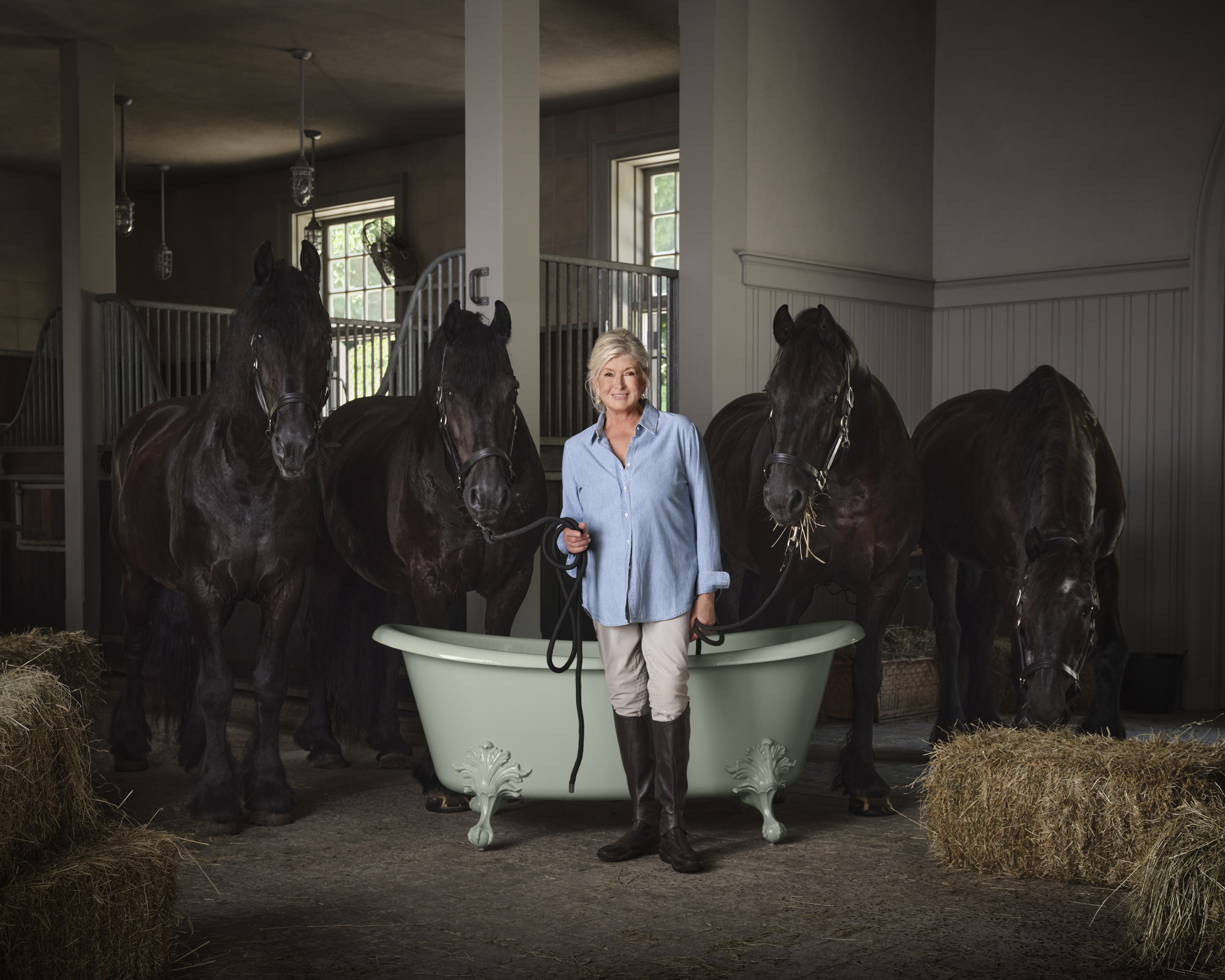 Martha Stewart stuns in a new campaign as Kohler’s first-ever Cast Iron Ambassador
Martha Stewart stuns in a new campaign as Kohler’s first-ever Cast Iron Ambassador‘I have been a proponent of enamelled cast iron for decades, all throughout the home,’ she said.
-
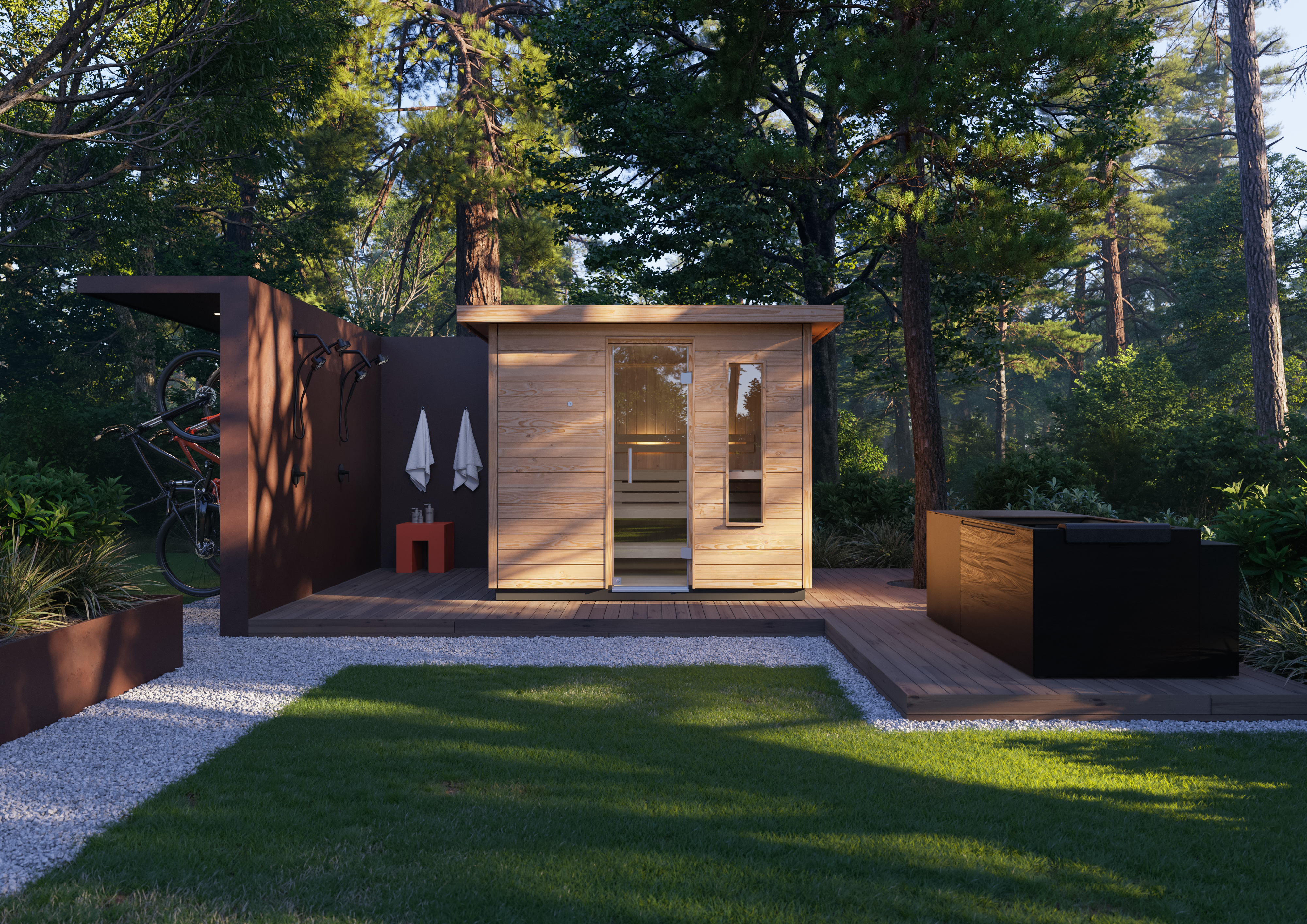 Kohler presents the ultimate compact sauna for your home or garden
Kohler presents the ultimate compact sauna for your home or gardenKohler makes its first foray into the world of saunas, with indoor and outdoor versions that merge functionality and contemporary design
-
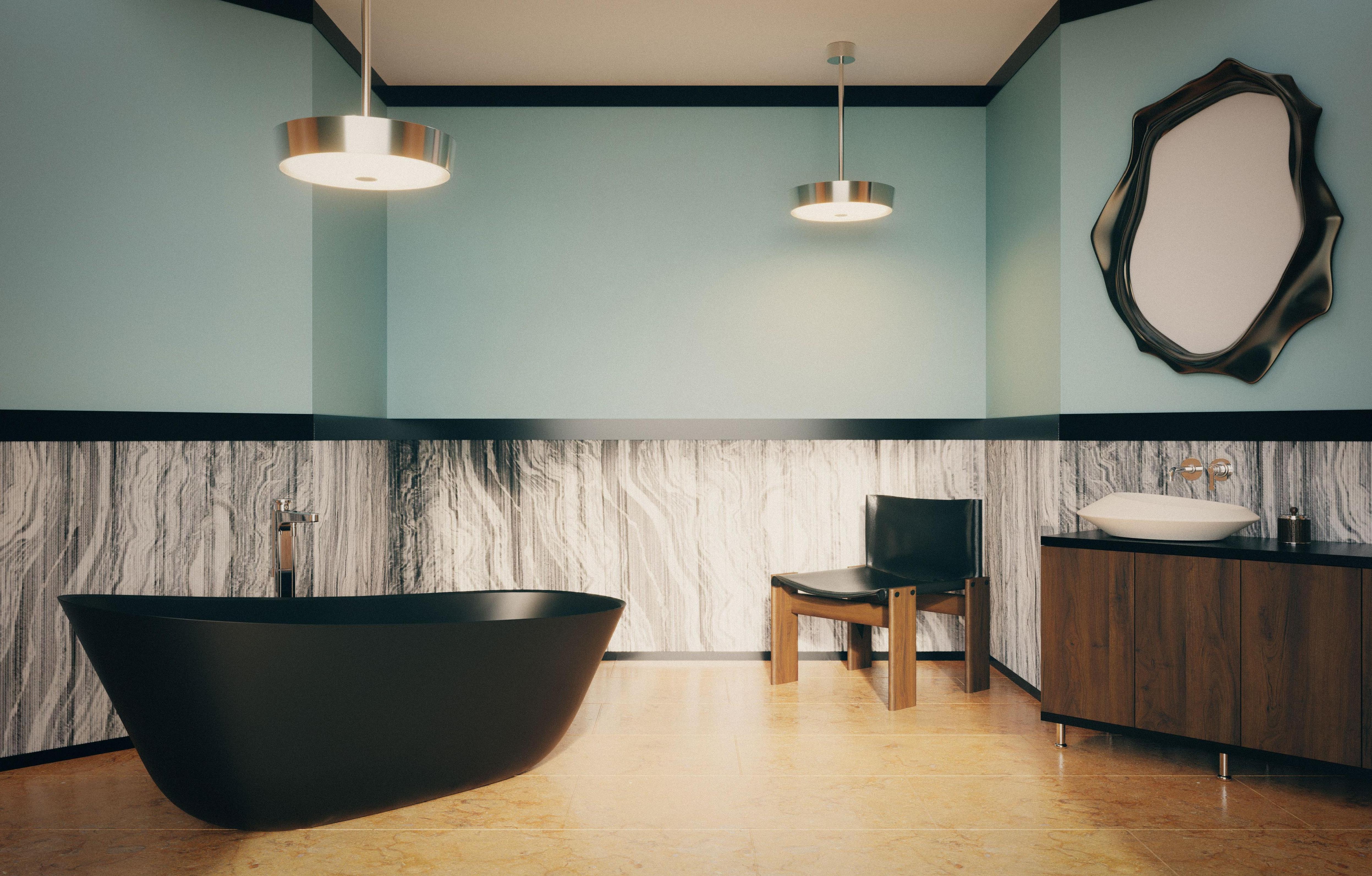 Six modern bathroom ideas for spaces big and small
Six modern bathroom ideas for spaces big and smallHere are our best bathroom designs for 2026: colours, curves and a calming ambience are making a splash this season, with tactile and textured surfaces to elevate your shower room
-
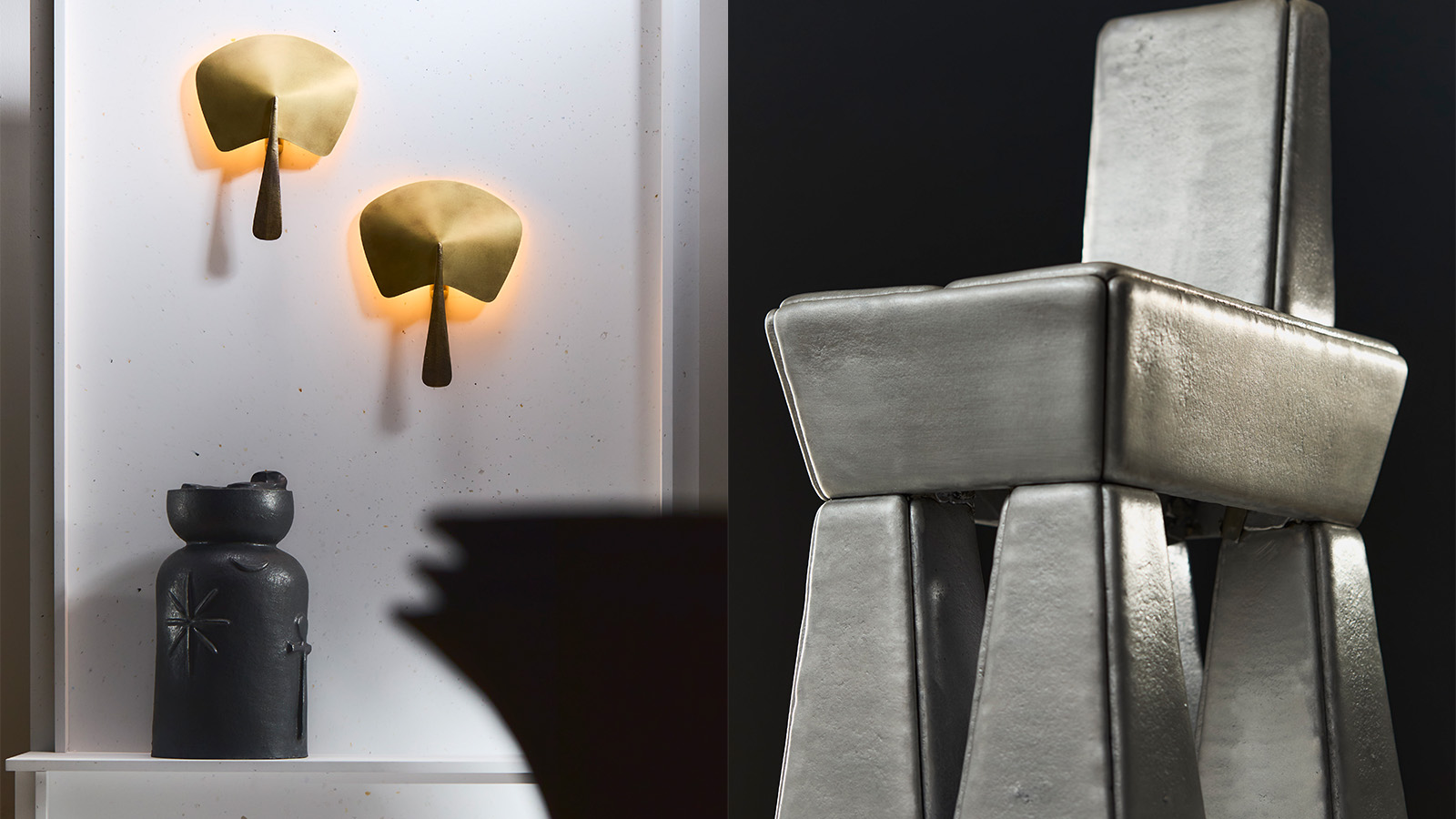 20 emerging designers shine in our ‘Material Alchemists’ film
20 emerging designers shine in our ‘Material Alchemists’ filmWallpaper’s ‘Material Alchemists’ exhibition during Milan Design Week 2025 spotlighted 20 emerging designers with a passion for transforming matter – see it now in our short film
-
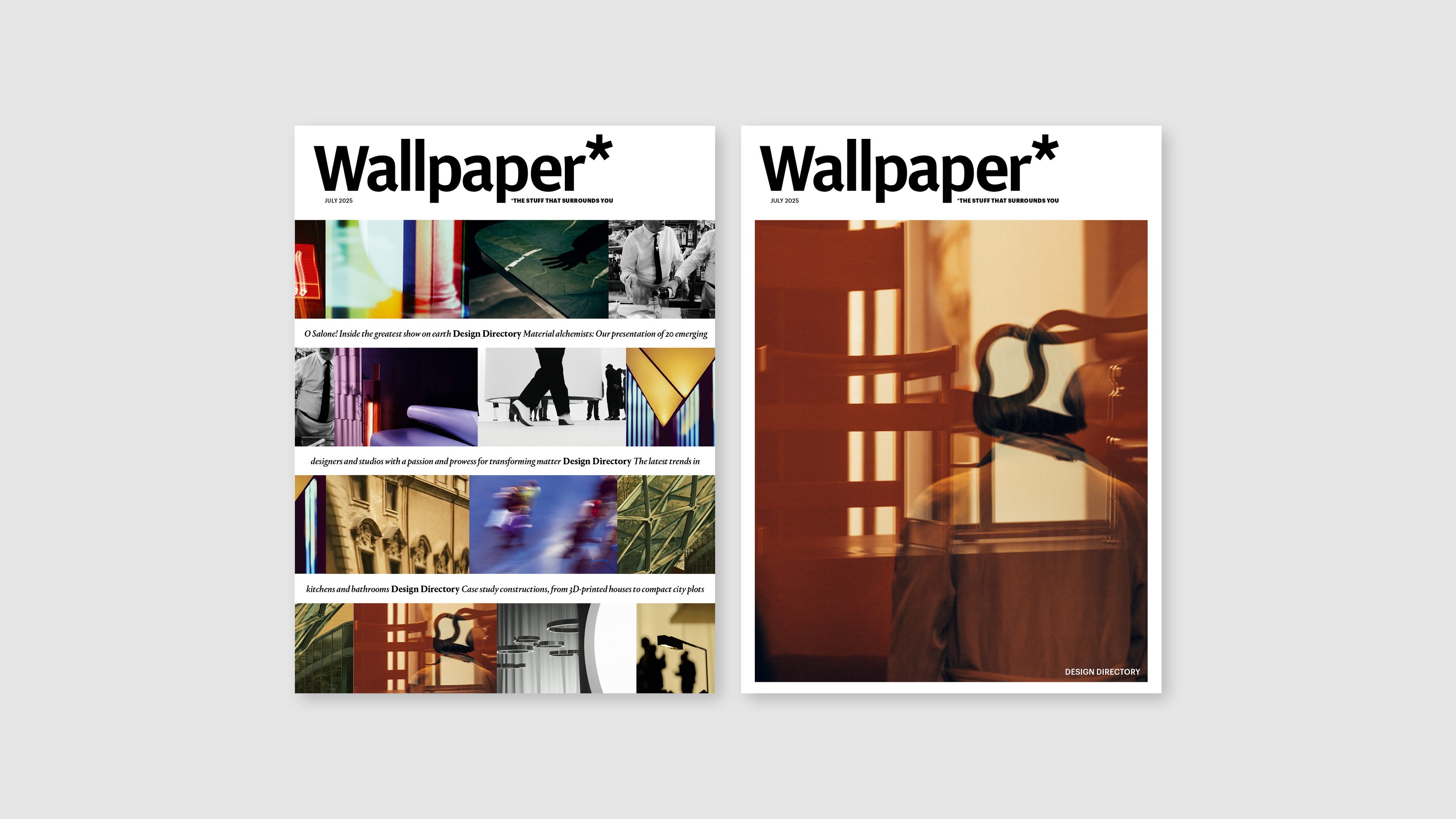 Delve into the Wallpaper* Design Directory 2025, on sale now
Delve into the Wallpaper* Design Directory 2025, on sale nowIn the July issue of Wallpaper*, find a photographic love letter to Milan Design Week, plus the best new furniture, lighting, kitchens, bathrooms and more
-
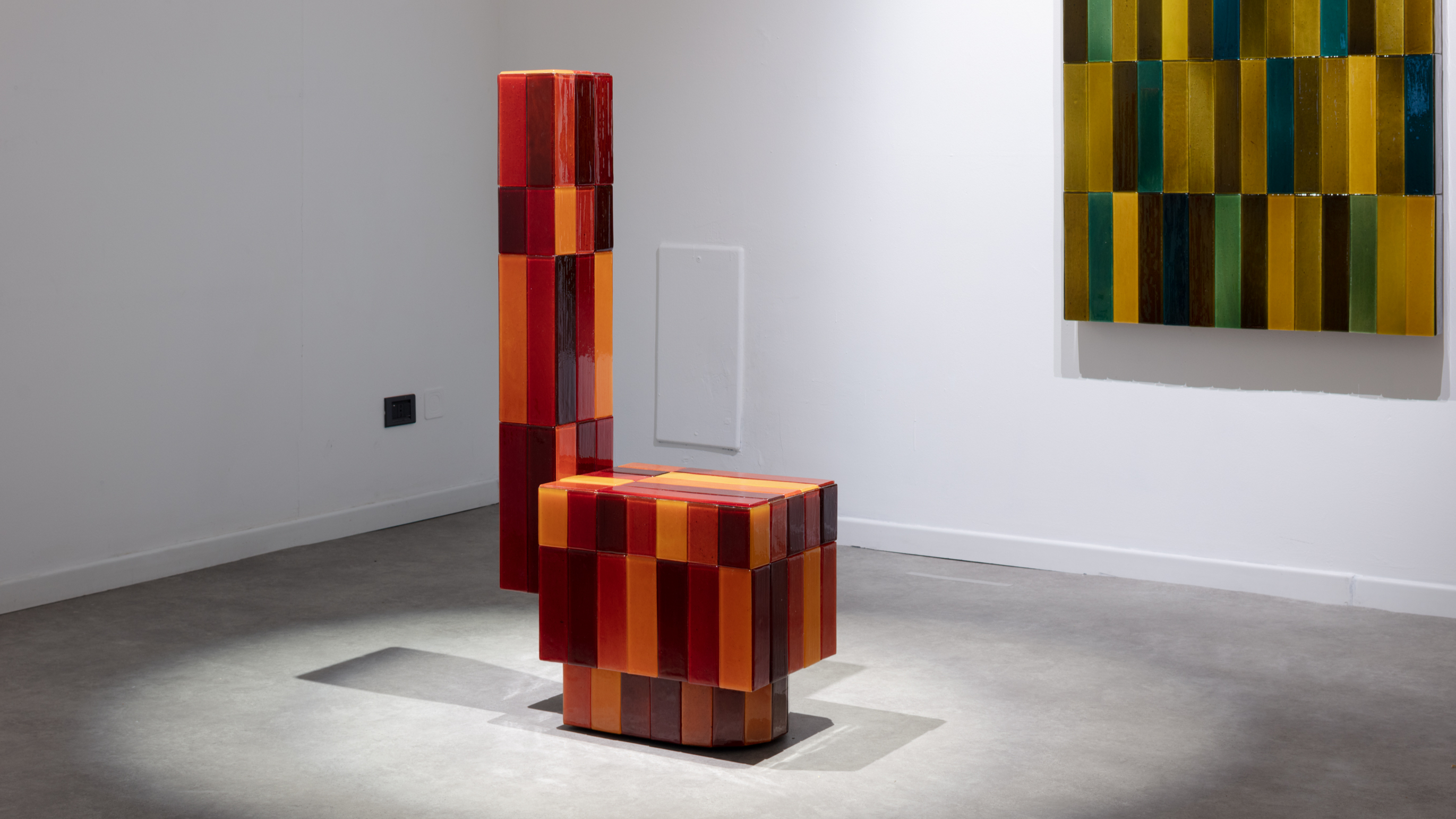 Tokyo design studio We+ transforms microalgae into colours
Tokyo design studio We+ transforms microalgae into coloursCould microalgae be the sustainable pigment of the future? A Japanese research project investigates
-
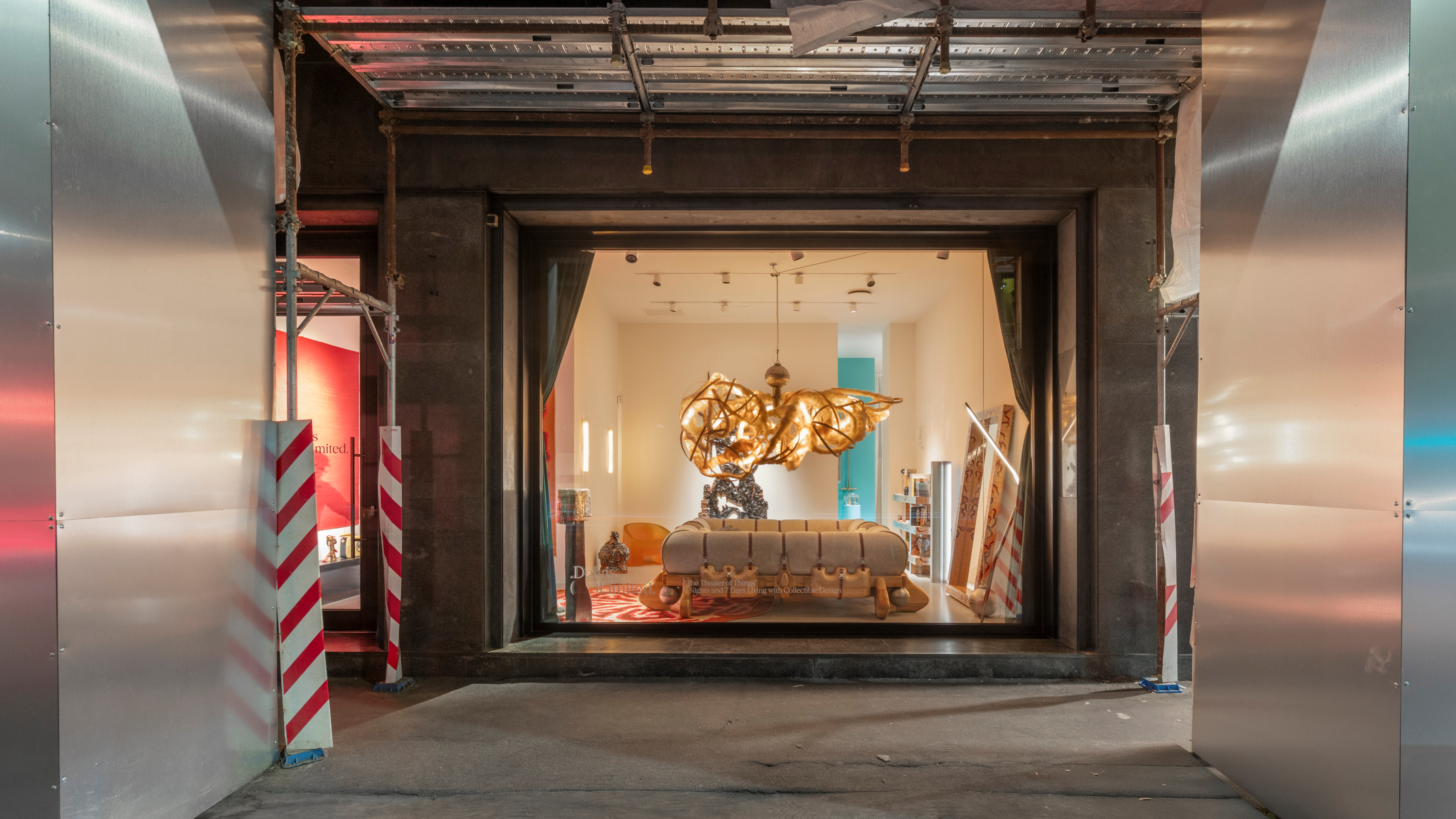 Delvis (Un)Limited turns a Brera shopfront into a live-in design installation
Delvis (Un)Limited turns a Brera shopfront into a live-in design installationWhat happens when collectible design becomes part of a live performance? The Theatre of Things, curated by Joseph Grima and Valentina Ciuffi, invited designers to live with their work – and let the public look in